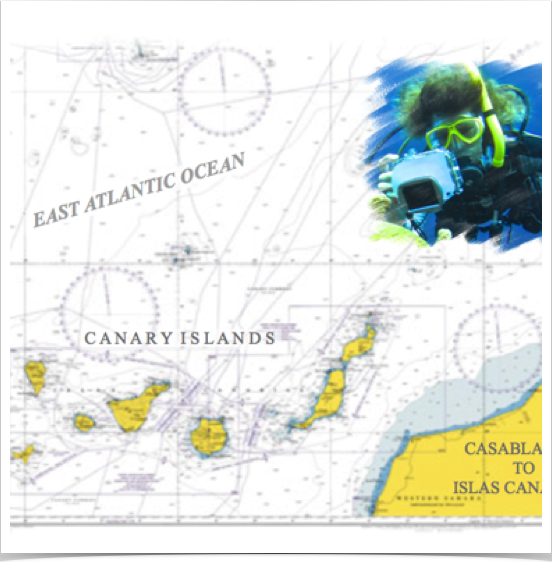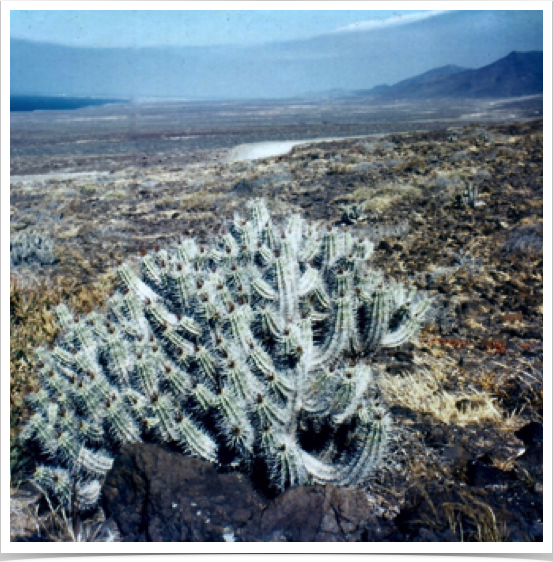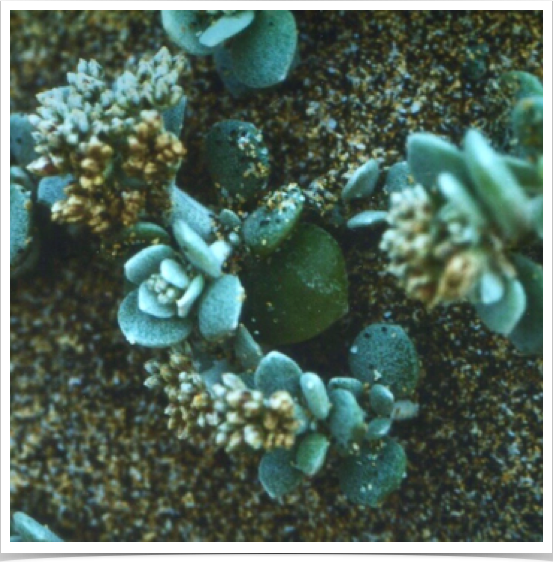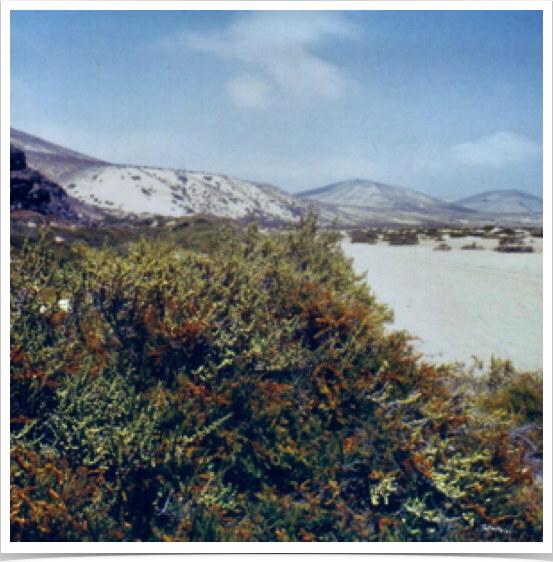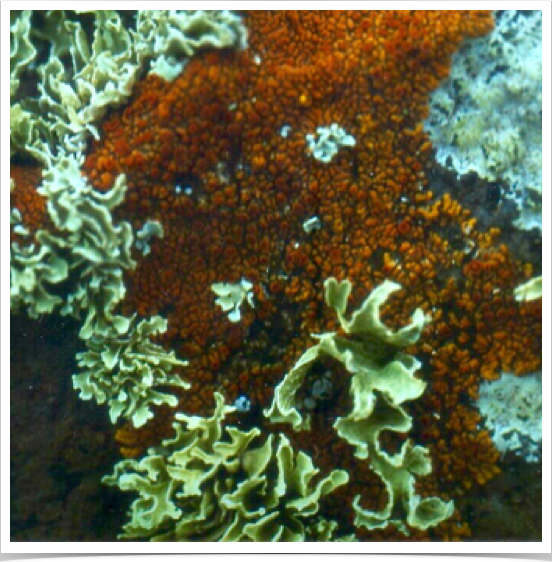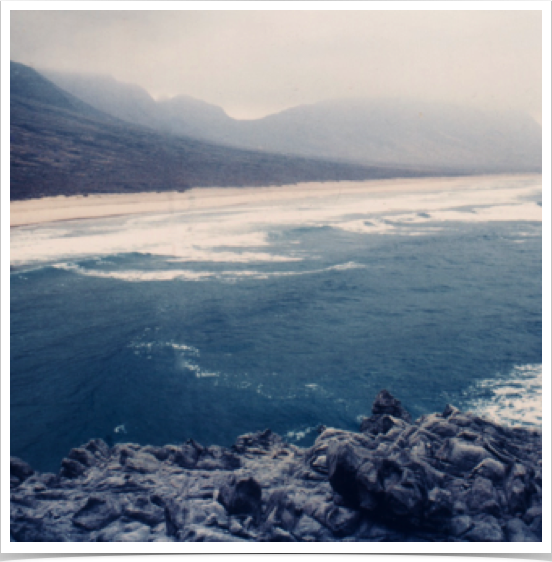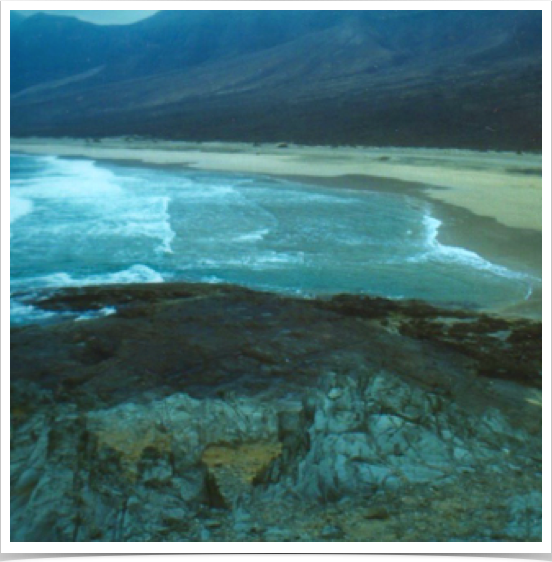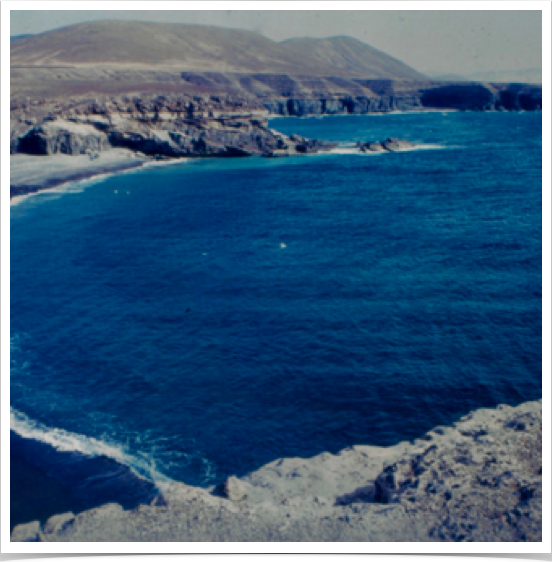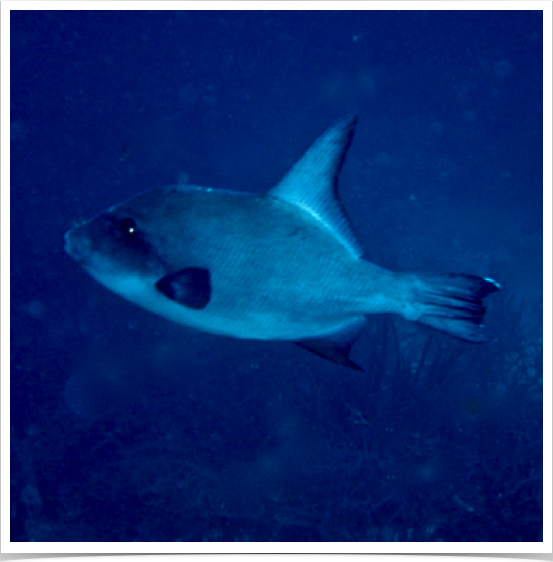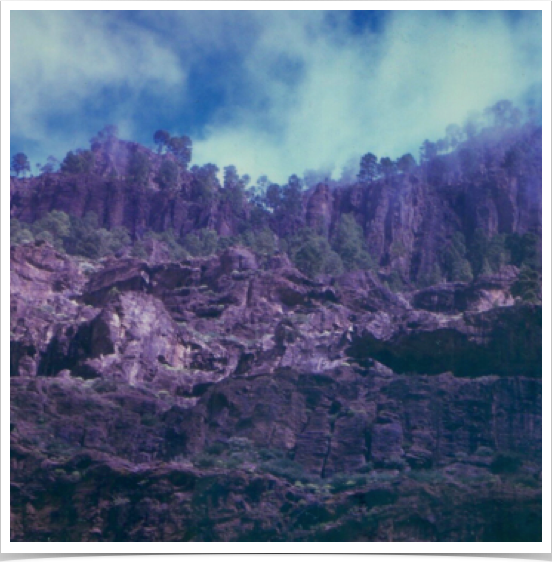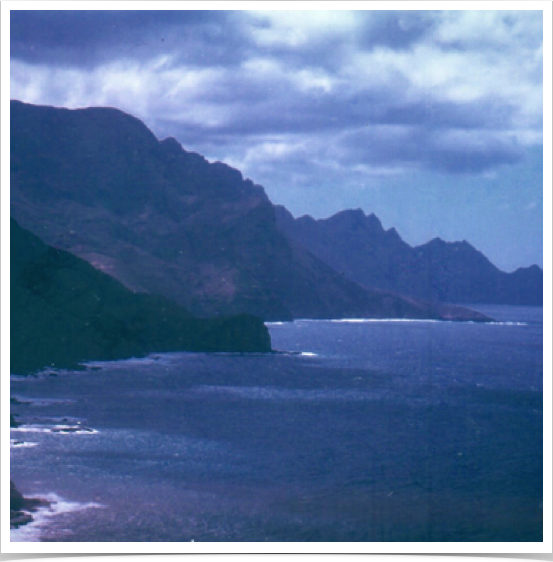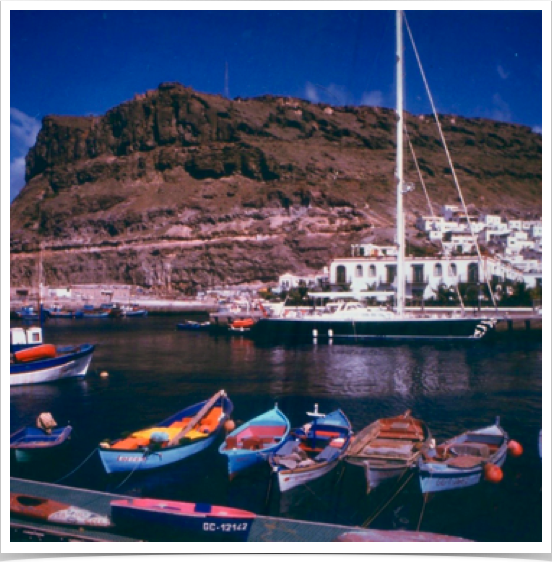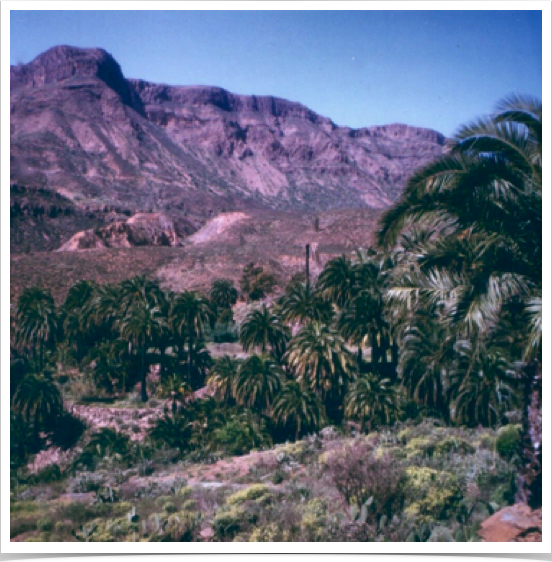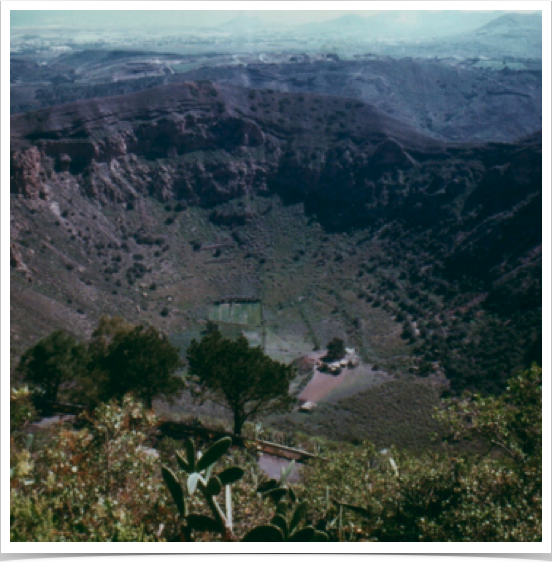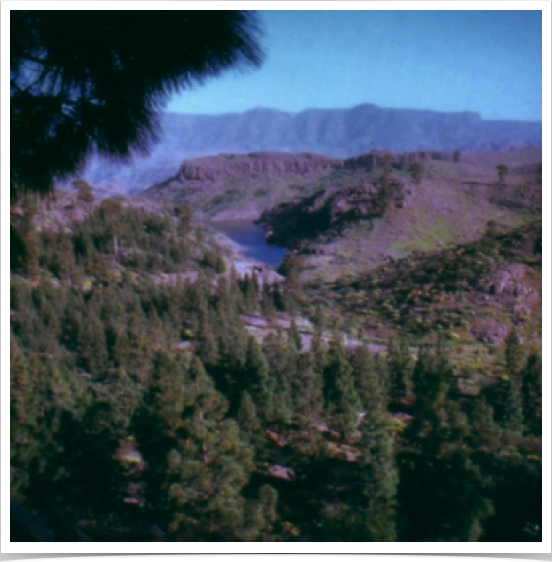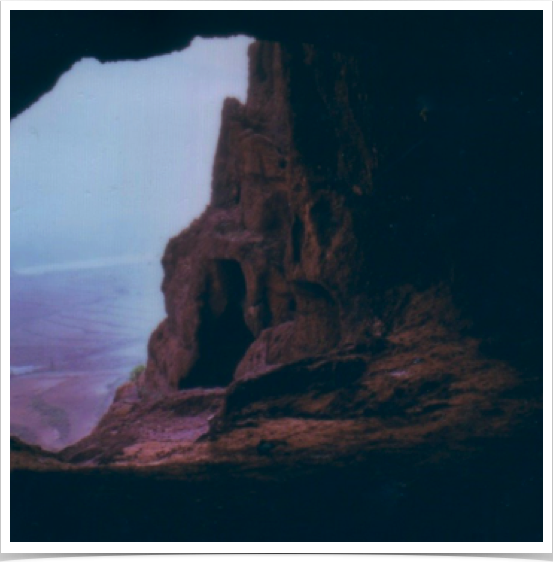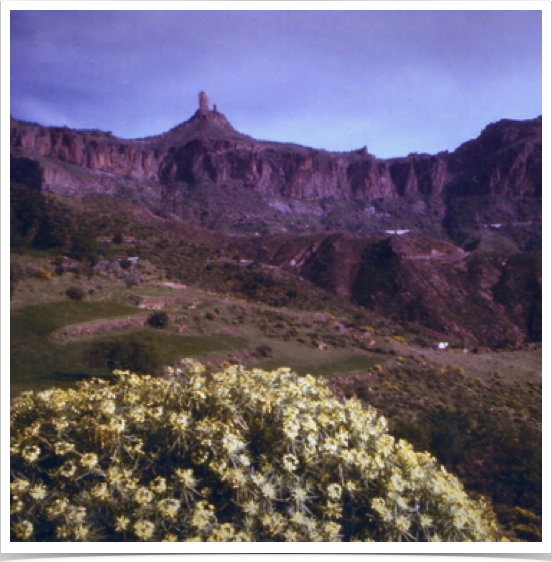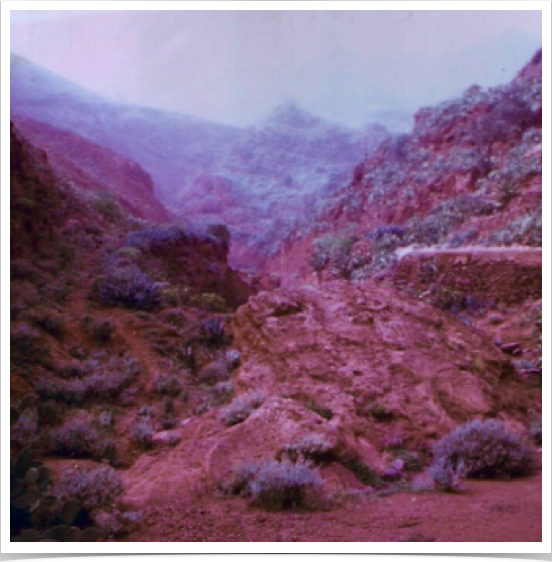SOUTHEASTERN ATLANTIC
The Canary Islands are a Spanish archipelago located in the Atlantic Ocean, in a region known as Macaronesia, 100 kilometers (62 miles) west of Morocco. The archipelago consist of seven islands including (from largest to smallest in area) Tenerife, Fuerteventura, Gran Canaria, Lanzarote, La Palma, La Gomera, and El Hierro - and many smaller islands and islets - which Dr. Alshuth explored during 1989 - 1991. The climate is tropical and desertic, moderated by the sea and in summer by the trade winds. There are a number of microclimates - the classifications range from semi-arid to desert.
Volcanic oceanic islands, such as the Canary Islands, form in deep parts of the oceans. The seven main Canary Islands originated as separate submarine seamount volcanoes on the floor of the Atlantic Ocean. Each seamount, built up by the eruption of many lava flows, eventually became an island. Subaerial volcanic eruptions continued on each island. The Canary Islands differ from other volcanic oceanic islands, such as the Hawaiian Islands, in several ways – e.g., the Canary Islands have strato-volcanoes, compression structures and a lack of subsidence.
Publication related to this expedition include:
Alshuth, S. 1992. Happy island - Gran Canaria. (German – Text and Photography). kosmos 6, 62-69.
Click on any picture below to start slide show.
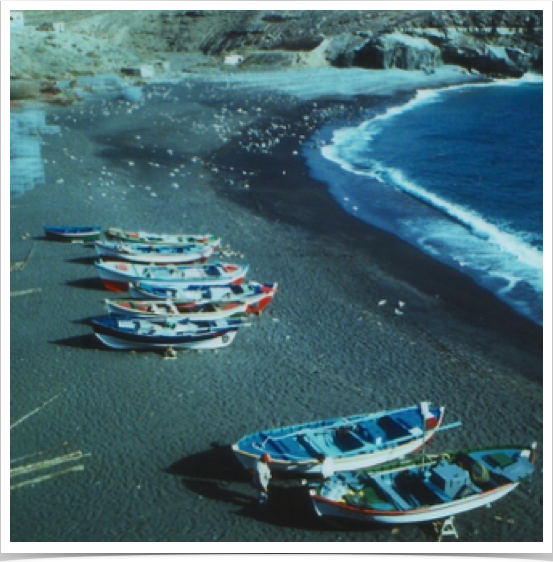
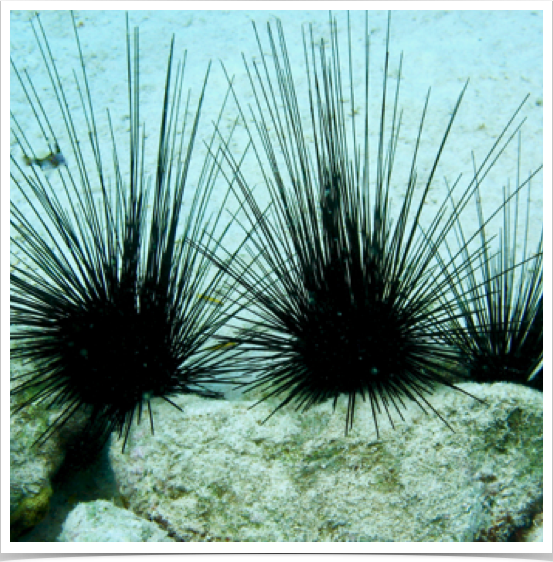
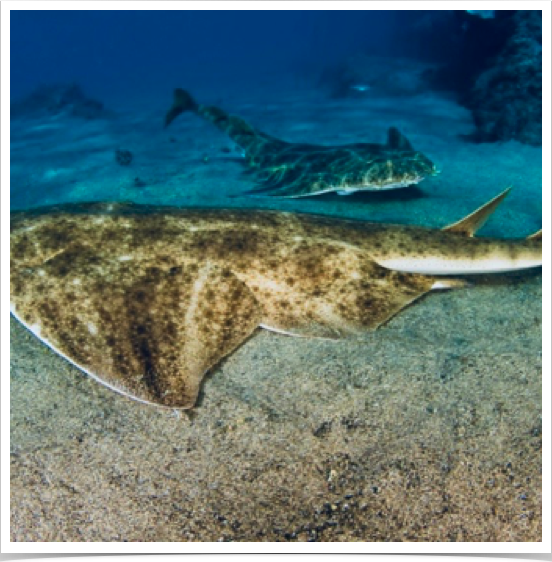
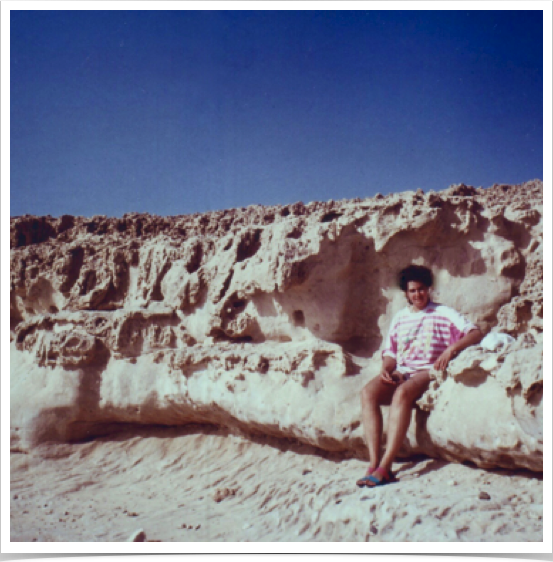
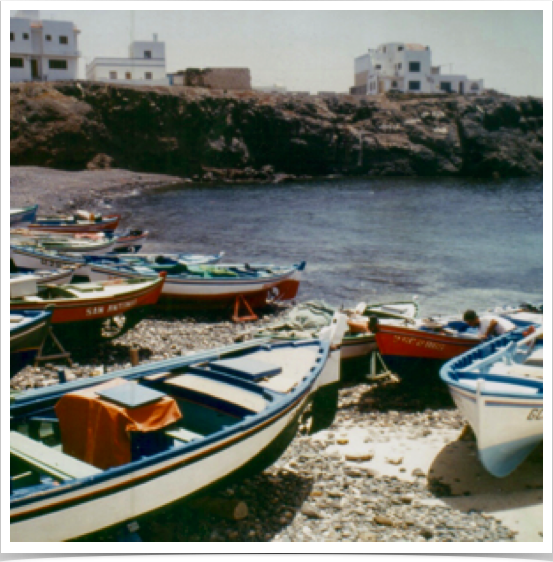
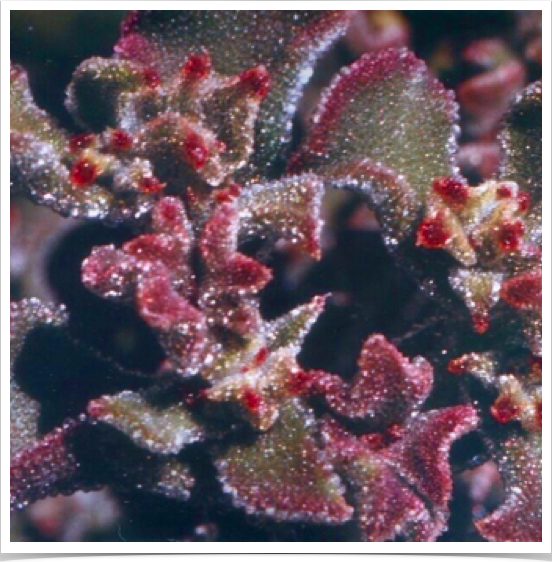
CANARY ISLANDS ARCHIPELAGO
Home / Your Professor / Biography / Research / Expeditions / Tropical Oceans & Seas Expeditions / Atlantic Expeditions / Canary Islands
